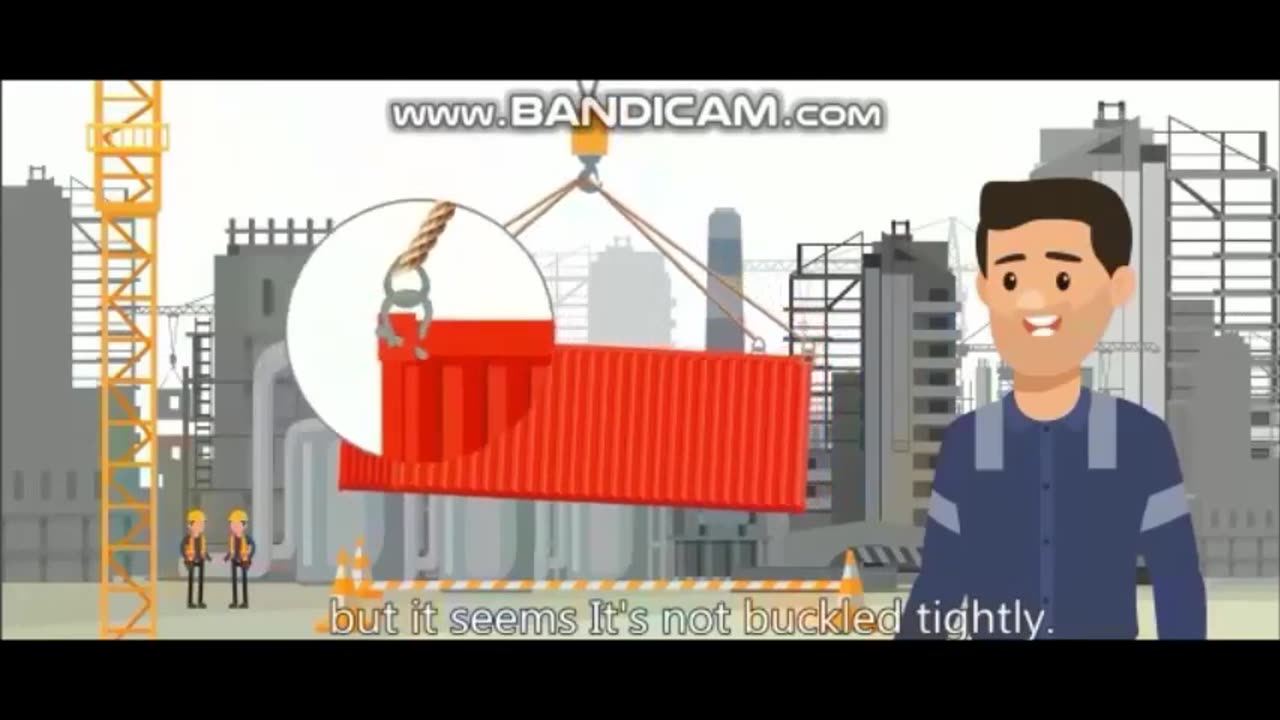Premium Only Content

Unsafe Act Unsafe Condition Near Miss And Incideent
Understanding the terms **Unsafe Act**, **Unsafe Condition**, **Near Miss**, and **Incident** is essential for maintaining workplace safety. They are key components in identifying hazards, mitigating risks, and preventing accidents.
---
### **1. Unsafe Act**
An **unsafe act** is any human action that deviates from safe practices, procedures, or behaviors, potentially leading to accidents or injuries.
#### **Examples**:
- Operating machinery without proper training.
- Not wearing required Personal Protective Equipment (PPE).
- Overloading lifting equipment or failing to secure a load.
- Bypassing safety controls on equipment.
#### **Prevention**:
- Provide adequate training and regular refresher courses.
- Enforce safety policies and accountability.
- Promote a culture where unsafe acts are corrected immediately.
---
### **2. Unsafe Condition**
An **unsafe condition** is a physical state or environmental factor that poses a hazard to workers, equipment, or operations.
#### **Examples**:
- Slippery floors due to oil or water spills.
- Poor lighting in work areas.
- Exposed electrical wiring or damaged insulation.
- Equipment with worn-out or missing safety guards.
#### **Prevention**:
- Conduct regular inspections and maintenance.
- Implement housekeeping standards to keep areas clean and organized.
- Report and rectify unsafe conditions immediately.
---
### **3. Near Miss**
A **near miss** is an unplanned event that could have resulted in injury, illness, or damage but did not, either by chance or timely intervention. It serves as a warning sign of potential hazards.
#### **Examples**:
- A falling object narrowly missing a worker.
- A forklift reversing without hitting anyone.
- Slipping on a spill but regaining balance.
#### **Importance of Reporting Near Misses**:
- Helps identify hidden hazards before an actual incident occurs.
- Encourages proactive measures to improve workplace safety.
- Provides valuable insights for risk assessment and control.
---
### **4. Incident**
An **incident** is any unplanned event that results in injury, illness, property damage, or environmental harm.
#### **Types of Incidents**:
- **Minor Incident**: A small injury or property damage with minimal impact (e.g., a worker cuts their hand while handling a tool).
- **Major Incident**: A severe event causing significant injuries, fatalities, or property loss (e.g., an explosion on an oil rig).
#### **Post-Incident Actions**:
1. **Immediate Response**: Provide first aid, evacuate the area, or contain the hazard.
2. **Incident Investigation**: Identify root causes to prevent recurrence.
3. **Documentation**: Record details for regulatory compliance and learning.
4. **Corrective Measures**: Implement solutions to address underlying causes.
---
### **Key Differences**
| **Term** | **Definition** | **Outcome** |
|-------------------|-------------------------------------------------------------------------------|-------------------------------------------|
| **Unsafe Act** | An individual's action that violates safety practices. | Can lead to near misses or incidents. |
| **Unsafe Condition** | A hazardous physical state or environmental factor. | Increases risk of incidents or accidents. |
| **Near Miss** | An event that could have caused harm but did not. | Serves as a warning to prevent incidents. |
| **Incident** | An event causing injury, illness, or damage. | Results in harm or loss. |
---
### **How to Address and Prevent These Issues**
1. **Promote Safety Awareness**
- Conduct regular training sessions and toolbox talks.
- Encourage workers to report unsafe acts, conditions, and near misses without fear of blame.
2. **Implement Safety Systems**
- Use a Permit to Work (PTW) system for hazardous tasks.
- Install and maintain safety equipment like guards, alarms, and barriers.
3. **Foster a Reporting Culture**
- Make it easy and non-punitive to report near misses, unsafe acts, or conditions.
- Reward proactive safety behavior to encourage participation.
4. **Regular Audits and Inspections**
- Conduct frequent checks to identify and rectify unsafe conditions.
- Review near-miss and incident reports for continuous improvement.
Would you like templates for incident reporting, investigation processes, or guidance on fostering a strong safety culture?
-
 9:49
9:49
Tundra Tactical
9 hours ago $15.74 earnedThe Best Tundra Clips from 2024 Part 1.
88.6K7 -
 1:05:19
1:05:19
Sarah Westall
9 hours agoDying to Be Thin: Ozempic & Obesity, Shedding Massive Weight Safely Using GLP-1 Receptors, Dr. Kazer
78.5K20 -
 54:38
54:38
LFA TV
1 day agoThe Resistance Is Gone | Trumpet Daily 12.26.24 7PM EST
57.3K9 -
 58:14
58:14
theDaily302
18 hours agoThe Daily 302- Tim Ballard
57.1K9 -
 13:22
13:22
Stephen Gardner
12 hours ago🔥You'll NEVER Believe what Trump wants NOW!!
106K276 -
 54:56
54:56
Digital Social Hour
1 day ago $10.83 earnedDOGE, Deep State, Drones & Charlie Kirk | Donald Trump Jr.
59.2K5 -
 DVR
DVR
The Trish Regan Show
13 hours agoTrump‘s FCC Targets Disney CEO Bob Iger Over ABC News Alleged Misconduct
64.2K38 -
 1:48:19
1:48:19
The Quartering
14 hours agoElon Calls White People Dumb, Vivek Calls American's Lazy & Why Modern Christmas Movies Suck!
145K112 -
 2:08:42
2:08:42
The Dilley Show
15 hours ago $37.01 earnedH1B Visa Debate, Culture and More! w/Author Brenden Dilley 12/26/2024
125K42 -
 4:55:59
4:55:59
LumpyPotatoX2
17 hours agoThirsty Thursday on BOX Day - #RumbleGaming
114K8